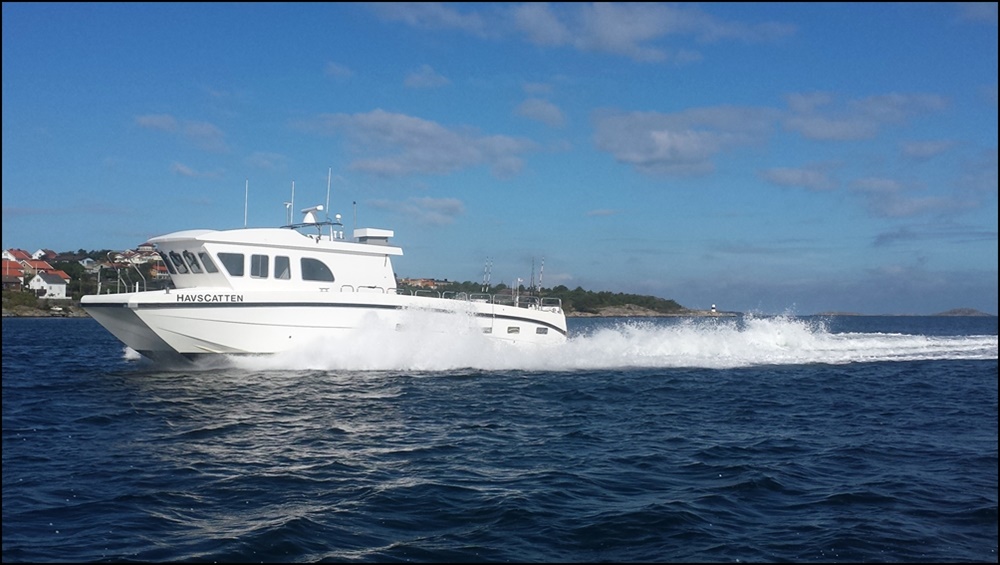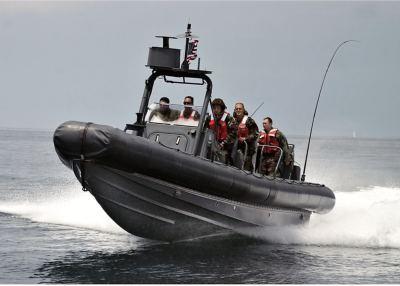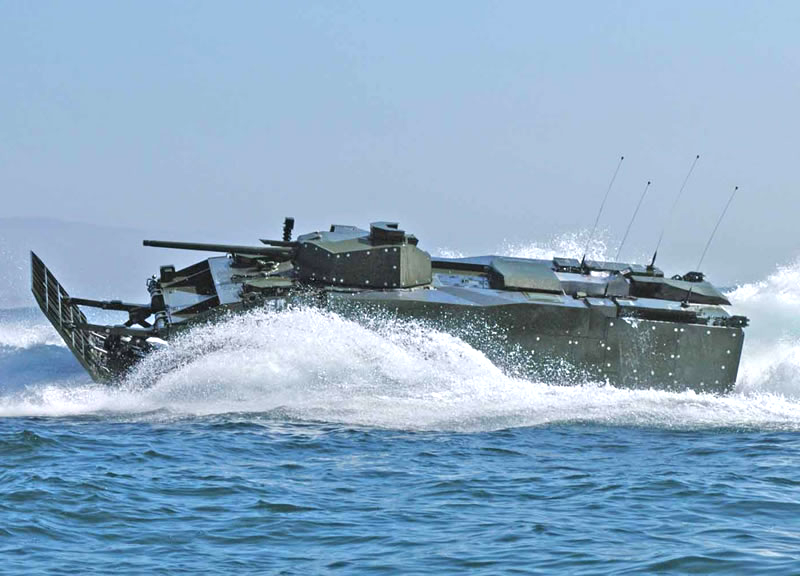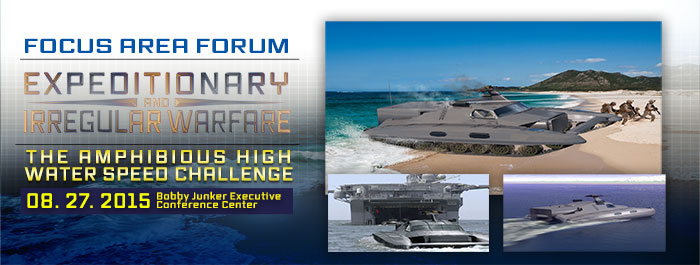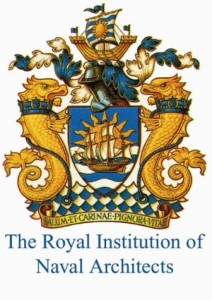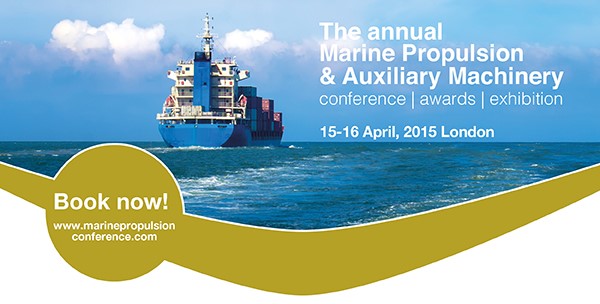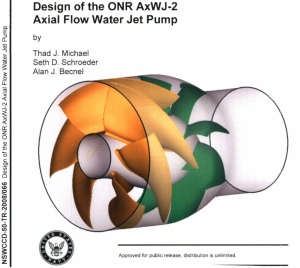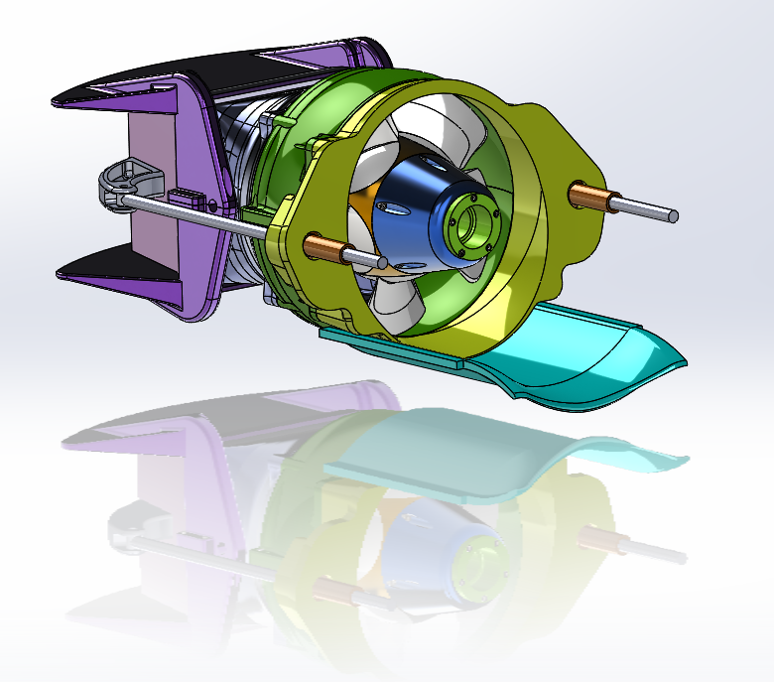
Carbon Creates Opportunities in Boat Business
Are you worried about the effects of carbon taxes and regulation on the boating business in the next few years? I started worrying 20 years ago and have been working on the solution ever since.
The result is IntelliJet Boat technology that:
- requires less energy,
- produces less carbon,
- costs less to operate,
- and will most easily meet the coming carbon taxes and regulations.
It’s Been Vetted
The details are vetted in 4 issued US patents (one pending) and in 5 peer-reviewed papers presented at American Society of Naval Engineers (ASNE) Symposiums over the last 15 years.
In June 2019 I presented “A Boat for All Speeds” at ASNE’s Technology, Systems and Ships in Washington DC where I demonstrated the similarities between the IntelliJet Boat’s variable features and those of the latest commercial aircraft.
Thank you, Cars & Planes!
Thanks to car and plane developments, the cost of building more sophisticated systems, like the IntelliJet Boat, has been falling over the years.
This level of sophistication is a disruptive leap in boat innovation, but it has been common in aircraft, cars, and industrial robots for 20 years.
New Boat Sales
Electronic innovations like outboard engine controllers and joy-stick maneuvering systems have driven new boat sales. Those evolutionary changes are small compared to the revolutionary change in a boat that is electronically controlled in every useful respect like a modern car or plane.
Interested?
If you are interested in an exclusive niche in the boat-of-the-future market, or know someone who is, please email carbon@iijet.com to start a conversation.
